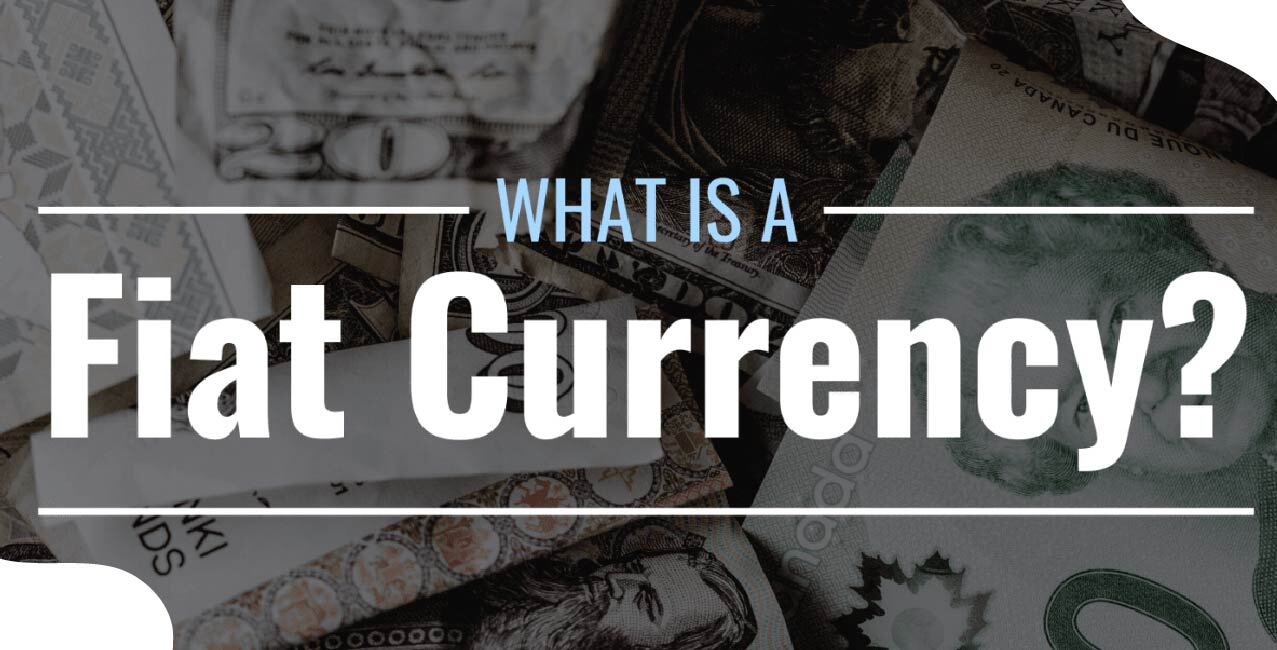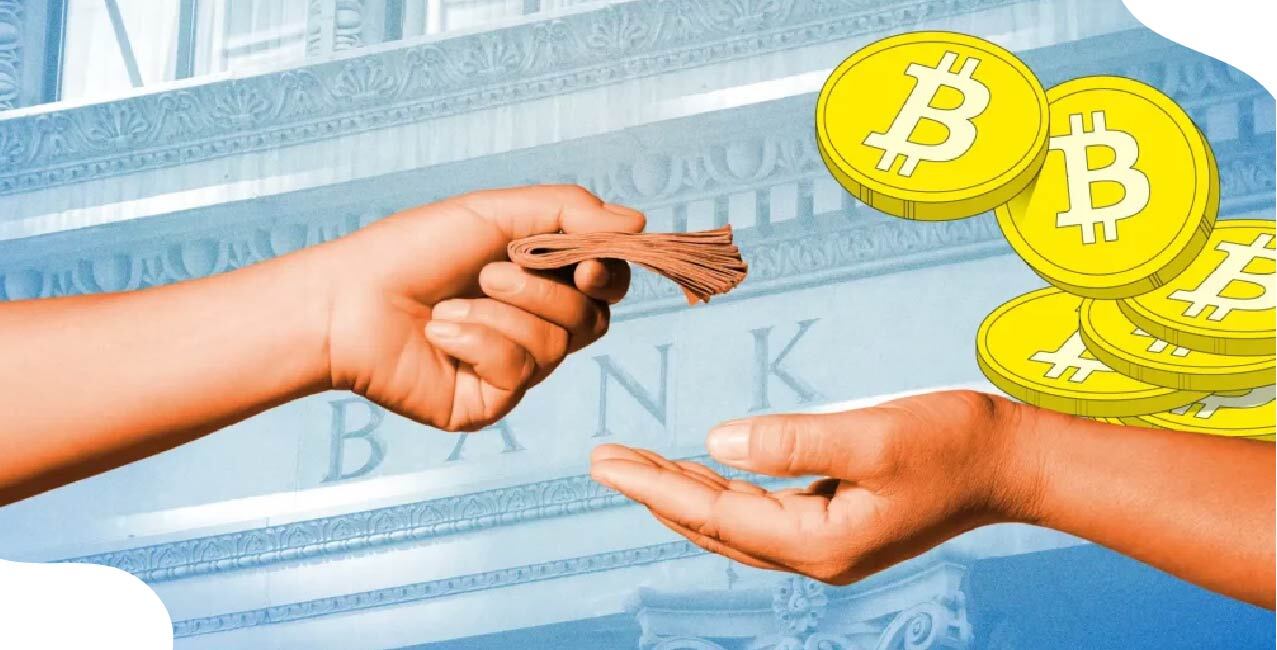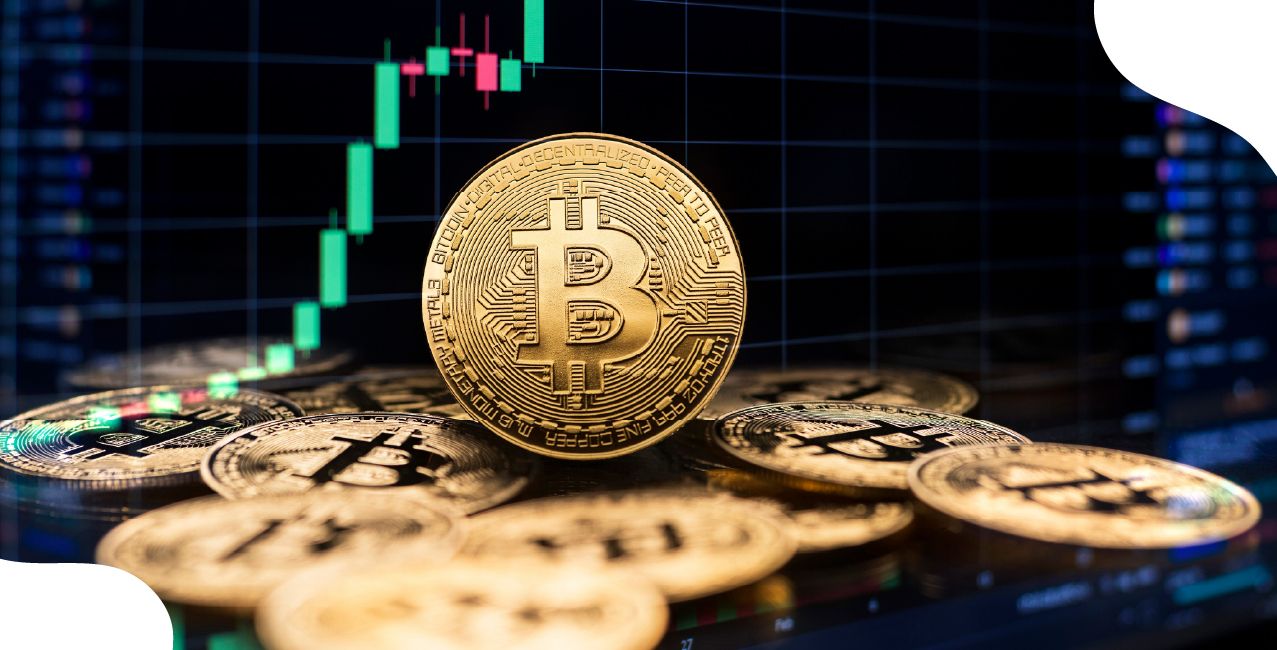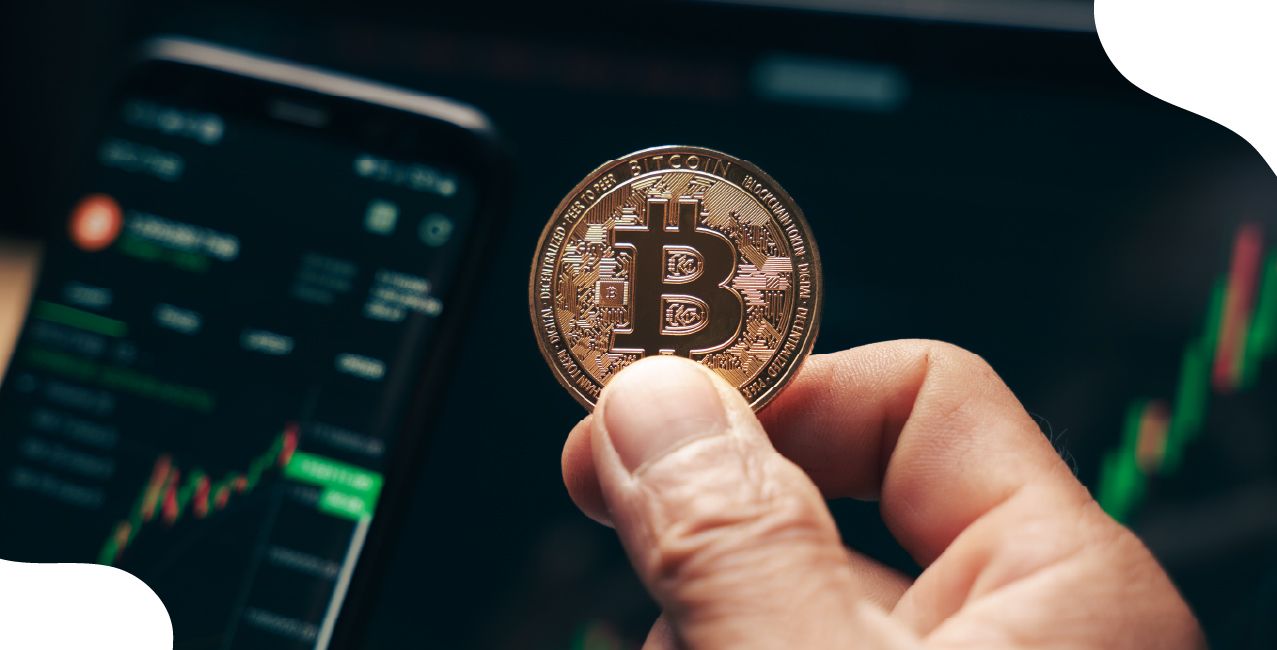
Author
LoansJagat Team
Read Time
5 Min
26 Aug 2025
What Is Fiat Currency, And How Is It Different From Crypto
Fiat currency is controlled by governments and central banks, who manage its supply and use for stability. On the other hand, Cryptocurrency runs without any central control; it uses computer networks and codes to manage and verify transactions.
Let’s understand both with the help of an example:
Imagine this: you sell your old phone online and get ₹30,000. Now:
- If you take ₹30,000 in cash (fiat currency), you can use it anywhere to buy groceries, pay electricity bills, or book a cab. It’s backed by the government, and everyone accepts it.
- But what if you decide to take payment in Bitcoin instead? Suppose 1 Bitcoin is worth ₹50,00,000 today. That means you’ll receive 0.0006 BTC (₹30,000 ÷ ₹50,00,000).
- That 0.0006 BTC sits in your crypto wallet, and its value might be ₹30,000 today, ₹35,000 next week, or maybe ₹25,000!
Isn’t it interesting how the same transaction can work so differently depending on the type of currency used? Let's break it down further.
What is Fiat Currency?
Fiat currency is government-issued money with no intrinsic value, backed only by government authority. It’s not supported by physical commodities like gold, but it works because people trust its value.
Let’s understand it with the help of an example:
Let’s say the government prints ₹1,000 notes and declares them as legal tender. These ₹1,000 notes are just paper they aren’t backed by gold or silver. But because the government says it’s valid money and everyone accepts it in shops, banks, etc., people trust its value.
Now imagine this:
You sell an old chair for ₹1,000 in cash. The buyer gives you a ₹1,000 note. That note isn’t worth ₹1,000 in raw material; it’s just a piece of printed paper. But you can take it to a grocery store and buy food worth ₹1,000 because the shopkeeper also trusts that the note holds value.
So, the ₹1,000 is fiat currency; it has no physical backing like gold, but still works because everyone believes in the government that issues it.
Key Features of Fiat Currency:
This table summarises the key features that make fiat currency the backbone of modern economies. Its value stems not from physical assets but from government trust, legal enforceability, and central bank regulation.
While it offers flexibility and cost-efficiency, it also requires careful management to prevent inflation and preserve public confidence.
What is Cryptocurrency?
Cryptocurrencies are digital currencies used for peer-to-peer online payments without a central authority. They have no fixed value and depend entirely on what people agree to trade them for.
Let’s understand it with the help of an example:
Imagine you have 1 Bitcoin. Today, people in the market are willing to pay ₹50,00,000 for it. So, even though Bitcoin is just computer code with no physical form, its value is based on what buyers are ready to pay.
Now, let’s say you want to buy a laptop worth ₹1,00,000. Instead of using rupees, you pay the seller in Bitcoin about 0.002 BTC (because ₹50,00,000 × 0.002 = ₹1,00,000). The seller accepts it because they know they can trade that 0.002 BTC for ₹1,00,000 in the market.
So, cryptocurrency works like money, but it’s digital, not controlled by any government, and its price keeps changing depending on demand and supply.
What Are The Key Features Of Cryptocurrency?
Cryptocurrency is online money used for buying and selling, without any paper notes or coins. It is safe, fast, and recorded on a digital book called blockchain, which nobody can change.
Let’s understand it with the help of an example:
Imagine you want to buy a game upgrade that costs ₹1,500.
One Bitcoin is worth ₹30,00,000 (a huge amount!). But here’s the cool part you don’t need to buy a full Bitcoin. Cryptocurrencies can be broken into tiny pieces.
So, instead of paying ₹1,500 in cash, you pay a small fraction of Bitcoin:
₹1,500÷₹30,00,000=0.00005 Bitcoin₹1,500 ÷ ₹30,00,000 = 0.00005 \text{ Bitcoin} ₹1,500÷₹30,00,000=0.00005 Bitcoin
That tiny bit of Bitcoin is sent from your digital wallet to the game company’s wallet. The transfer is written in a special online book called blockchain, which is like a diary that everyone can see but no one can cheat or erase.
No banks, no delays, no hidden charges. Just a quick and safe money transfer.
Think of it like buying one slice of pizza instead of the whole pizza. You only take what you need, and it still counts as real money.
Fiat Currency vs Cryptocurrency: Key Differences
This table shows the main differences between normal money (fiat currency) and digital money (cryptocurrency), making it easy to understand how each works.
While fiat currency remains the foundation of traditional economies, cryptocurrency introduces a modern, decentralised alternative, each with its strengths, risks, and future potential.
Conclusion:
Fiat and crypto are two ways to use money. Fiat is regular money we use daily, easy and accepted everywhere. Crypto is digital, runs on technology, and its value keeps changing. Fiat is stable, but crypto is risky and offers more control. Isn’t it cool how money works in different ways? Pick what suits you best and spend smart!
FAQs:
Q: How is money measured?
Money is measured using M1 (cash, deposits, checks) and M2 (M1 plus savings, CDs, funds).
Q2: What is the difference between a fiat and a crypto wallet?
Fiat wallets store traditional currencies digitally, like in bank apps, while crypto wallets hold digital assets like Bitcoin.
Q3: Can cryptocurrency replace fiat currency?
It's unlikely, as cryptocurrencies are too volatile and governments won’t give up control over national currencies.
Q: What is the demand for money?
It is the desire to hold cash and deposits for spending, safety, or investment reasons.
Other Related Pages | |||
About the Author

LoansJagat Team
‘Simplify Finance for Everyone.’ This is the common goal of our team, as we try to explain any topic with relatable examples. From personal to business finance, managing EMIs to becoming debt-free, we do extensive research on each and every parameter, so you don’t have to. Scroll up and have a look at what 15+ years of experience in the BFSI sector looks like.

Quick Apply Loan
Subscribe Now
Related Blog Post

LoansJagat Team • 01 Sep 2025

LoansJagat Team • 11 Sep 2025

LoansJagat Team • 11 Sep 2025